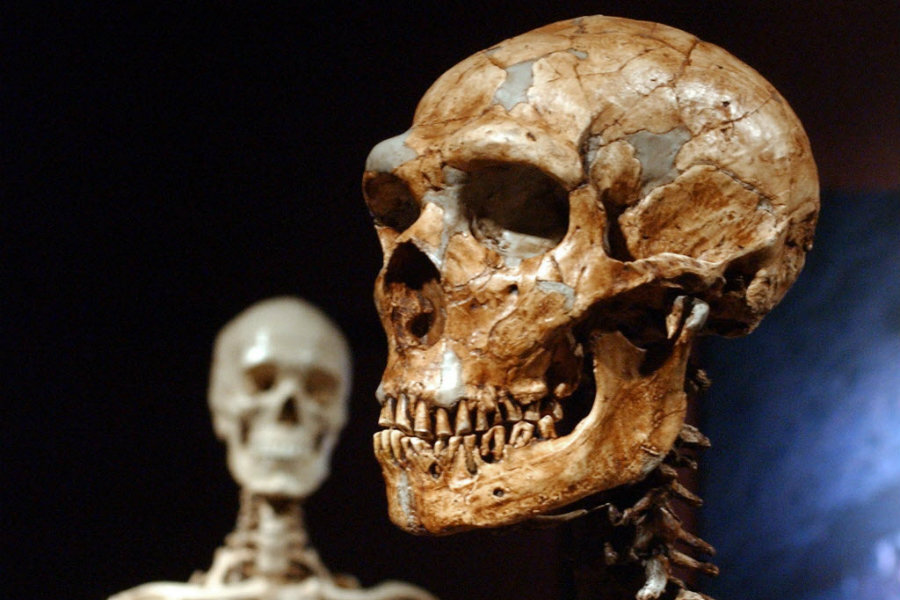Caveman's cavity: 14,000-year-old tooth sheds light on early dentistry
Loading...
Even cavemen had cavities, and now scientists have discovered that they also took pains – literally – to remove them.
A 14,000-year-old molar sheds new light on humankind’s history of dentistry, which began much earlier than previously believed, a new study has found. The tooth, part of the preserved skeleton of a 25-year-old man found in Italy’s Dolomite mountains, shows signs of having been cleaned with flint tools, representing the oldest yet evidence of dental treatment, according to the study.
“It predates any undisputed evidence of dental and cranial surgery, currently represented by dental drillings and cranial trephinations dating back ... about 9,000 to 7,000 years ago,” Stefano Benazzi, a paleoanthropologist at the University of Bologna who led the team behind the study, told Discovery News.
The skeleton, discovered in 1988 in a rock burial site in Northern Italy, is likely between 13,820 to 14,160 years old. Its age means its owner lived during Upper Paleolithic Age, or the late Stone Age – the era of cave paintings and basic tools, just before the dawn of agriculture.
Scientists agree that our ancestors at the time had figured out how to use toothpicks, probably made of bone and wood, to remove food scraps between teeth.
But when Dr. Benazzi and his team placed the tooth – diagnosed with tooth decay – under a scanning electron microscope (SEM), they found two things: that the size of the decayed tissue was much smaller than the cavity itself, and that chippings and striations were present “even in the most inaccessible parts” of the cavity.
These suggest that someone had tried to dig out the rotten part of the man's tooth with a stone implement, such as a shard of flint.
The researchers concluded that the period saw wood and bone flints shift from use as simple toothpicks to primitive tools for excavating cavities, and that humans’ first attempt at dentistry involved “scratching and levering activities,” not drilling practices.
The findings place humans’ first dental activities about 5,000 years earlier than previous studies suggested: Beeswax dental drilling was discovered in a 6,500-year-old human tooth found Slovenia in 2012, while holes in 9,000-year-old molars, found in a Pakistani graveyard in 2006, implied the use of Stone Age bow drills to remove infections.
The study also reveal the extent to which our ancestors understood the importance of dental hygiene. Dr. Benazzi told Italian newspaper Il Resto del Carlino: “This finding also suggests that in the final Upper Palaeolithic era man was aware of the harmful effects of [cavity] infection and the need for action ... to remove it and clean it in depth.”








